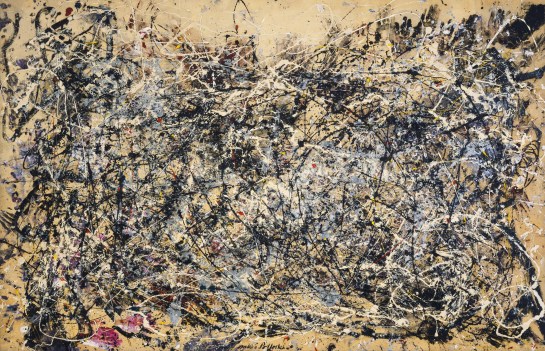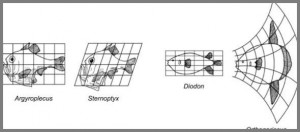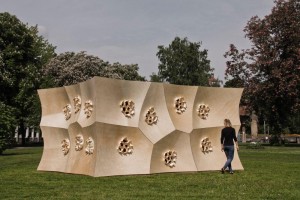Digital Logics
Patrik Schumacher – Parametricism – A New Global Style
Yokohama Ferry Terminal – FOA Architects
Parametricism is introduced by Patrik Schumacher as a fresh approach to design with digital tools, where the ‘tools’ actually morph into a fully-fledged style, well suited to large scale urban planning as well as interior design.
According to Schumacher, this avant-garde style closes the transitional gap between the modernist/postmodernist, deconstructivist/minimalist era and present day, fulfilling most necessities due to its relevance in all scales. Its adaptability is also highlighted by its morphological nature and therefore superior capacity to articulate programmatic complexity.
Due to the increasing demands of the socio-economic state nowadays, ‘retooling’ was a necessary step. The increasing demand can be addressed by a rich panoply of parametric techniques: animation, simulation, form-finding tools, parametric modeling and scripting.
With this palette of techniques architects across the world strive to solve systematically connected problems. The over and above aesthetic recognisability as well as the wide spread, long term consistency of shared design ambitions and problems could justify the enunciation of a ‘style’.
A further aspect of parametricism as a style are its ‘heuristics’, as Schumacher describes them. Positive and negative heuristics dictate the rules with which parametricism as a style is to be approached. Avoidance of linear shapes (squares, triangles, etc) is key as well as pursuing paths of research, guiding principles and preferred techniques (parametric), which allow the work to fast forward in one direction.
Therefore the deep relationality is able to further coordinate pragmatic concerns and articulate them with all their rich differentiations and relevant associations. Even though the increased relational and digital logics aid in complex tasks, the new ‘style’ fails to live up to its full potential. Schumacher is reacting to the present state of things in the form of binary ideas, however he is not exploring further, or even attempting to envision a future, rather preferring to develop parametricism as a reaction to current situations.
The envisioning of the Yokohama terminal in its existent form was almost impossible with analogue techniques. The ease of execution would have been greatly increased through parametric techniques.
The interconnection of public spaces, structure and the existing pier can be viewed as a complex relational problem, possibly solved by digital relation tools. Great emphasis was put on the interrelation of these aspects, creating smooth topological transformation. Even without computational techniques the continuity between its different levels as well as the existing elements was overcome elegantly.
Though parametric techniques were not used exclusively, seismic activity was analyzed, monitored and relayed into the design using parametric means, ensuring horizontal and vertical forces are absorbed, as well as overall structural correspondence.
The execution of the Yokohama terminal highlights the associativity between part to whole, articulating the interconnecting elements in an elegant simplified manner. However the potential for greater efficiency of implementation as well as heightened speed at which such a project could have been completed remains open. No doubt parametric techniques would have aided the design hugely.
I am interested in the potential parametricism has in the future when certain design constraints and possibilities which have not been discovered or explored yet, may surface. It is also interesting to ponder whether parametricsm in such cases would truly evolve into a style or remain more of a design tool.
Case Study: Yokohama Ferry Terminal
Case Text: Parametricism ‘A New Global Style’, by Patrik Schumacher
Picture reference: http://www.buildersmagazine.ro/uploads/articole/206_taiwan_tower_P02.jpg









